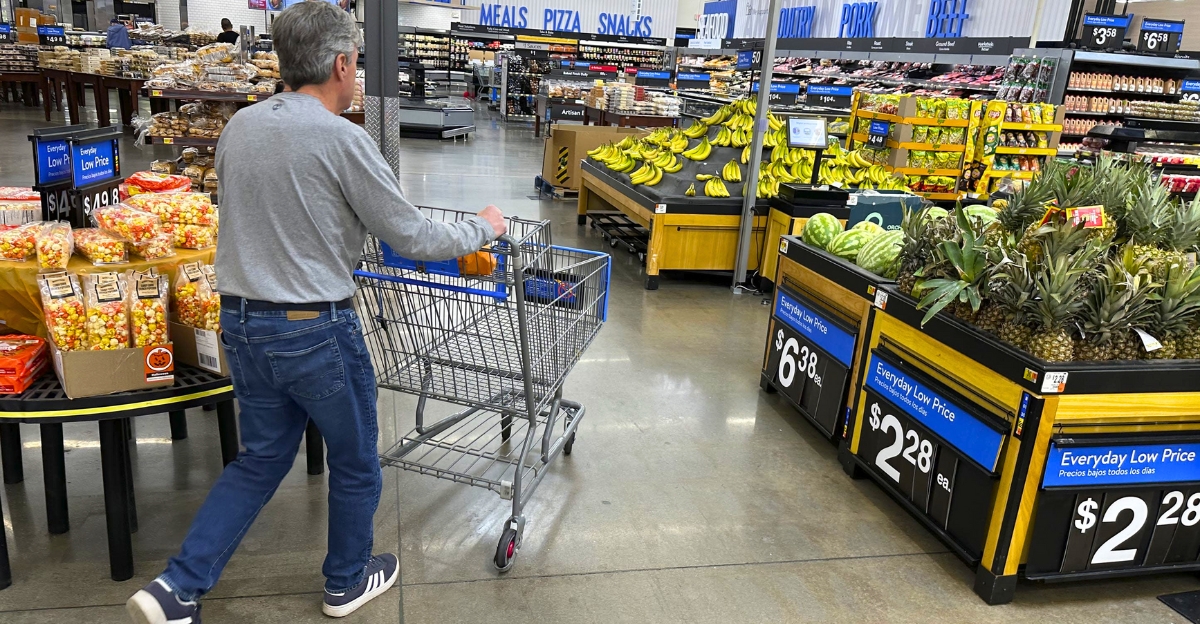
Walmart is known for keeping prices low—no matter what. For decades, many believed the retail giant could weather any economic storm without passing costs to shoppers. But as Trump-era tariffs ripple through the economy, even America’s largest retailer is feeling the strain—and this time, it’s passing the cost to consumers.
While some tariffs have eased, Walmart says import costs are still too steep to absorb. Executives have confirmed prices will rise in June, and they’re staying tight-lipped on second-quarter profits—an unusual move for a company serving 90% of American households.
“We’re wired for everyday low prices, but the magnitude of these increases is more than any retailer can absorb,” warned CFO John David Rainey, signaling that the days of price stability at America’s most visited stores are ending. This announcement marks just the beginning of a far-reaching economic ripple effect.
Walmart’s decision isn’t just about its own bottom line—it signals a broader economic shift that’s already reshaping the retail landscape, consumer habits, and global supply chains.
Why Prices Are Rising Now

Walmart has long been known for holding prices low, but the tides are turning. Despite a temporary tariff reduction on Chinese imports, the retailer says rates are still too high to absorb. With tariffs hitting goods from China, Mexico, India, and others, Walmart’s thin margins can’t keep up.
While two-thirds of its inventory is made or grown in the U.S., globally sourced essentials are still affected. The ripple from tariffs, supply chain strain, and rising freight costs is finally forcing America’s price leader to pass those costs to shoppers.
So how will that show up in your day-to-day spending?
What It Means for Your Wallet

Your everyday purchases are about to cost more. Walmart is raising prices on household staples; bananas, avocados, coffee, and even roses, due to tariffs on imports from Costa Rica, Peru, and Colombia. Children’s items will be hit hardest; 90% of baby gear comes from China with few domestic alternatives.
Add in electronics and toys, and families are facing tough tradeoffs. For households already squeezed by inflation, the pressure is intensifying. Whether it’s groceries or gifts, price increases are hitting both needs and wants.
But Walmart isn’t the only retailer making these changes—and that’s where things start to snowball.
When Walmart Raises Prices, Everyone Follows

Walmart’s pricing shift has kicked off a chain reaction across retail. Analysts agree: if Walmart, the go-to for affordability, can’t absorb rising costs, others can’t either. Birkenstock plans to raise global prices, Mattel is adjusting toy prices, and Microsoft has increased gaming console costs.
Retailers are watching each other closely and pushing the limits of consumer tolerance. As inflation-weary shoppers adjust, businesses will experiment with selective markups and value messaging. The domino effect has begun—and every retailer is recalibrating.
So how are consumers responding to this new, more expensive shopping landscape?
Shoppers Are Changing How They Buy
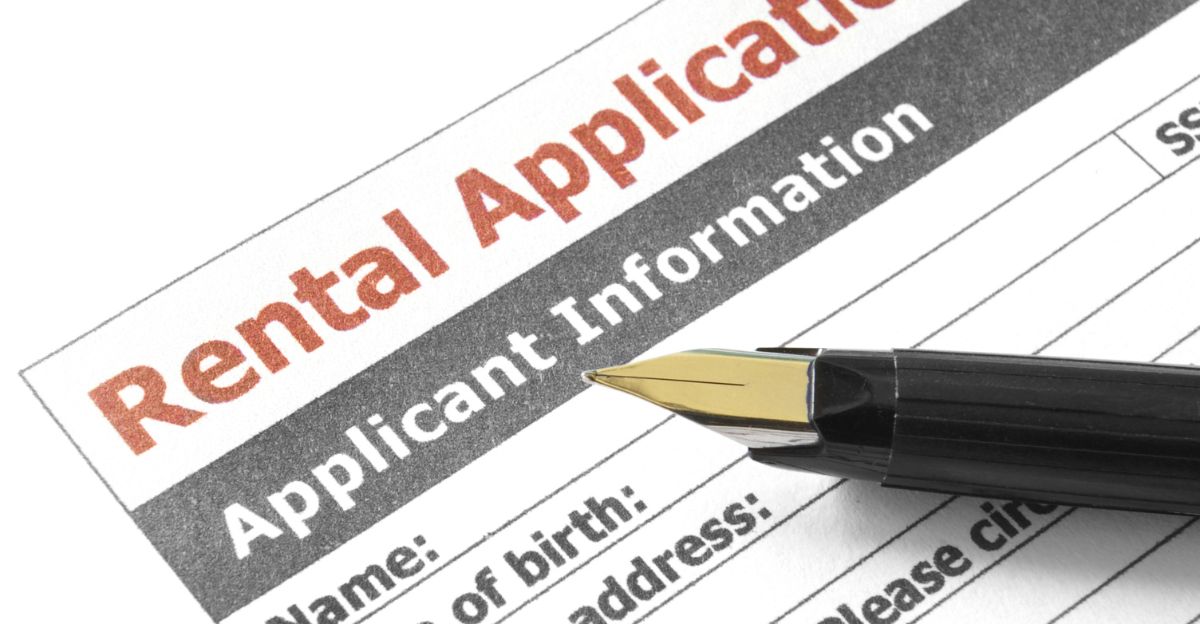
As prices climb, shoppers aren’t waiting—they’re adjusting fast. Thrifting is booming, with secondhand stores reporting record foot traffic. “Sometimes I can’t even find a parking spot,” says longtime thrifter Kelsey Meyers. Clothing rental subscriptions like Nuuly ($98/month) and Rent the Runway ($94/month) are surging in popularity, offering stylish alternatives without the long-term cost.
These aren’t just quick fixes; they reflect a deeper, lasting shift in consumer habits. More Americans are embracing reuse, rentals, and savvy spending over brand loyalty. This new mindset is reshaping the retail landscape and pushing traditional stores to rethink how they sell fashion and essentials.
And as shoppers adapt, global companies are being forced to rethink how and where they source their products.
Global Supply Chains Are Being Rerouted

Walmart’s struggles reveal deeper cracks in the global economy. As America’s largest importer of containerized goods, its price shifts highlight the ripple effects of overreliance on international sourcing. Companies are now fast-tracking plans to diversify supply chains, reducing dependency on China and bringing production closer to home through “near-shoring.” But reshaping global logistics won’t happen overnight, it can take years. In the meantime, tariff-driven costs are hitting consumers hard. These current hikes are only the first wave in a long, painful adjustment.
And for many Americans, those effects are already being felt at the most personal level.
What Are People Are Saying About It

The fallout from rising prices is personal and painful. “Well, maybe the children will have two dolls instead of 30 dolls, you know? And maybe the two dolls will cost a couple of bucks more, ” President Trump quipped about toy inflation, downplaying the strain on American families.
For small businesses, the choices are tougher. “We don’t want to shock our customers,” says Florida retailer Todd Adams, “and we have to be aware of what our competition is doing.” Many have absorbed rising costs until now, but cracks are forming.
“The longer these policies stay in place, the more untenable that becomes,” warns Wells Fargo economist Sarah House. From households to storefronts, pressure is building—and it’s only intensifying from here.
As these stories pile up, Washington is starting to feel the political heat.
Legislative Pushback Gains Steam—But Hits Roadblocks
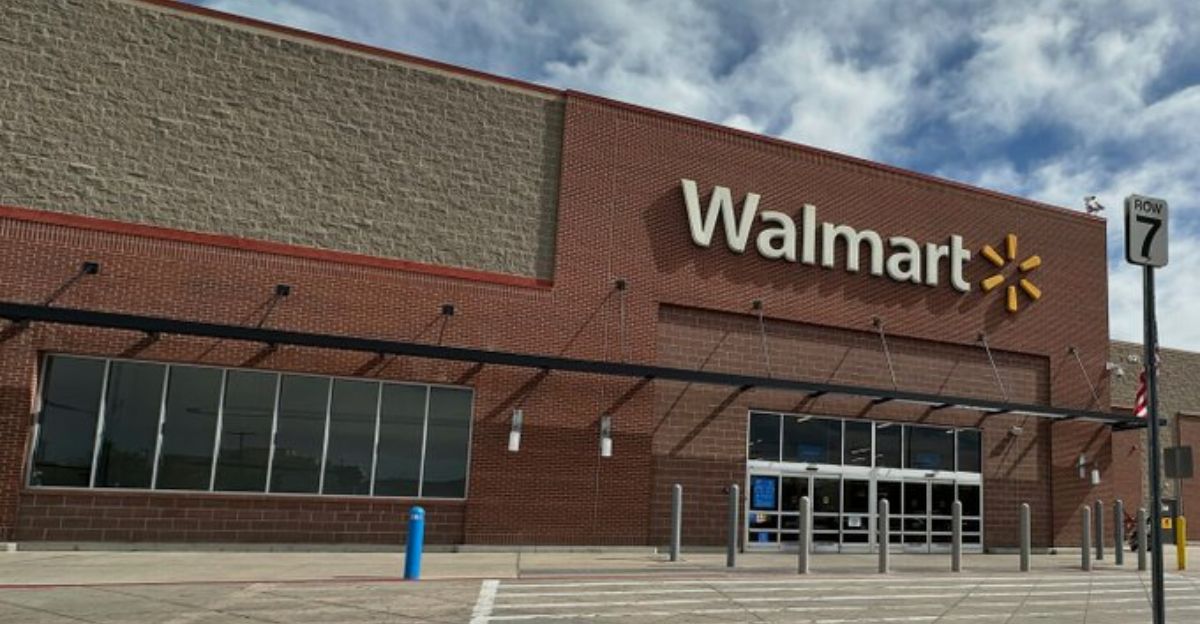
Walmart’s price hike has intensified political pressure on tariffs. The Trade Review Act of 2025, which would require congressional oversight for long-term tariffs, remains stalled in committee. A May 1 Senate vote to block new global tariffs failed 49–49, exposing deep partisan divides. Still, lawmakers from both parties are calling tariffs “a tax on working families.”
Meanwhile, Trump has vowed to veto any limits to his trade powers. As economic indicators worsen and Walmart’s strategy draws scrutiny, the debate over tariffs has become a proxy for broader struggles between executive power, retail stability, and consumer strain.
Until that happens, what can shoppers do to stretch their dollars?
What You Should Do Now
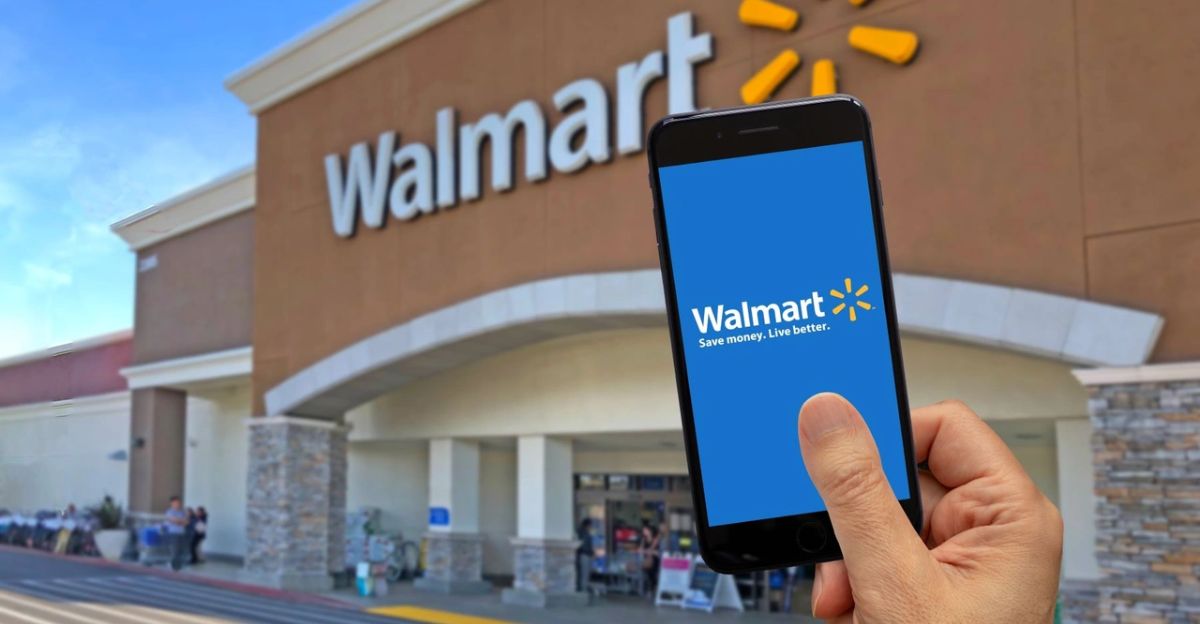
Walmart says it’s holding the line on food, but expect higher prices on electronics, toys, and baby products. Since most of these items are imported from China, tariffs are hitting hard.
Now’s the time to be strategic. Skip impulse buys, compare prices across retailers, and consider memberships like Walmart+ for extra perks. Even premium stores might offer better deals as pricing tiers shift.
Amazon, hit even harder by tariffs, briefly considered displaying tariff charges per item. The landscape is changing fast—staying alert, flexible, and focused on essentials could help families stretch budgets and avoid paying more than necessary.
The Real Cost of “Everyday Low Prices”
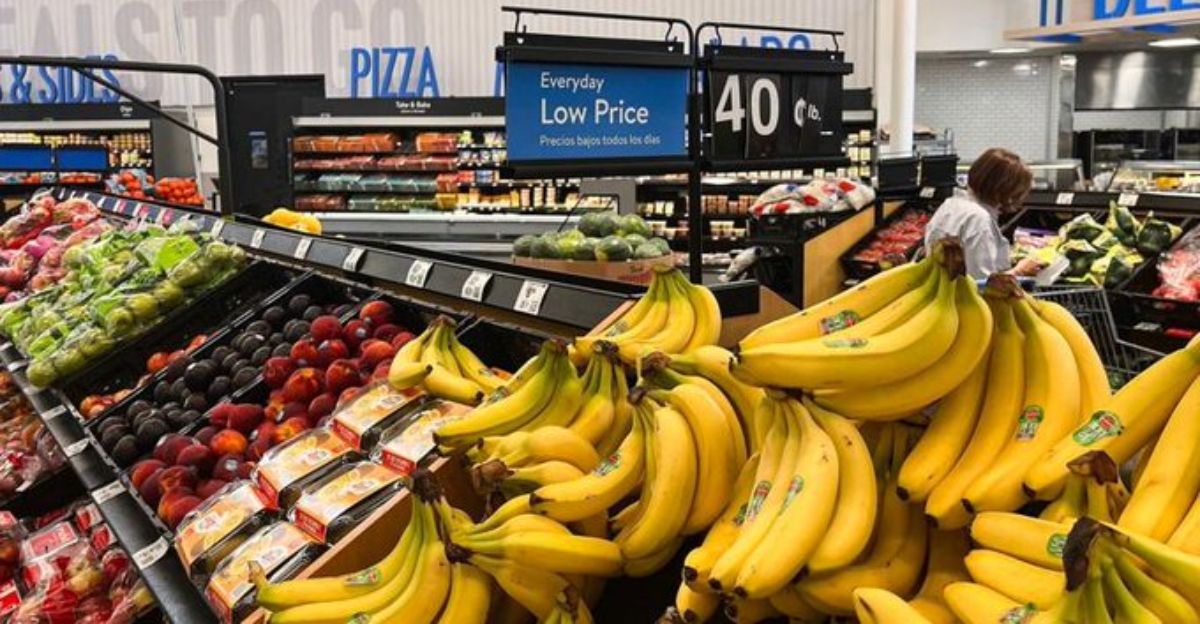
Walmart’s decision to raise prices isn’t just a business move—it’s a signal. For decades, Americans have relied on big retailers to shield them from rising costs. That buffer is cracking. As tariffs, supply chain shifts, and global uncertainty take hold, price stability is no longer a given.
This moment isn’t just about higher price tags—it’s about adjusting expectations. How we shop, what we prioritize, and where we find value are all evolving. The age of guaranteed bargains is fading, and navigating this new landscape will take more than coupons—it’ll take awareness, adaptability, and resilience.
Discover more trending stories and Follow us to keep inspiration flowing to your feed!

Craving more home and lifestyle inspiration? Hit Follow to keep the creativity flowing, and let us know your thoughts in the comments below!
